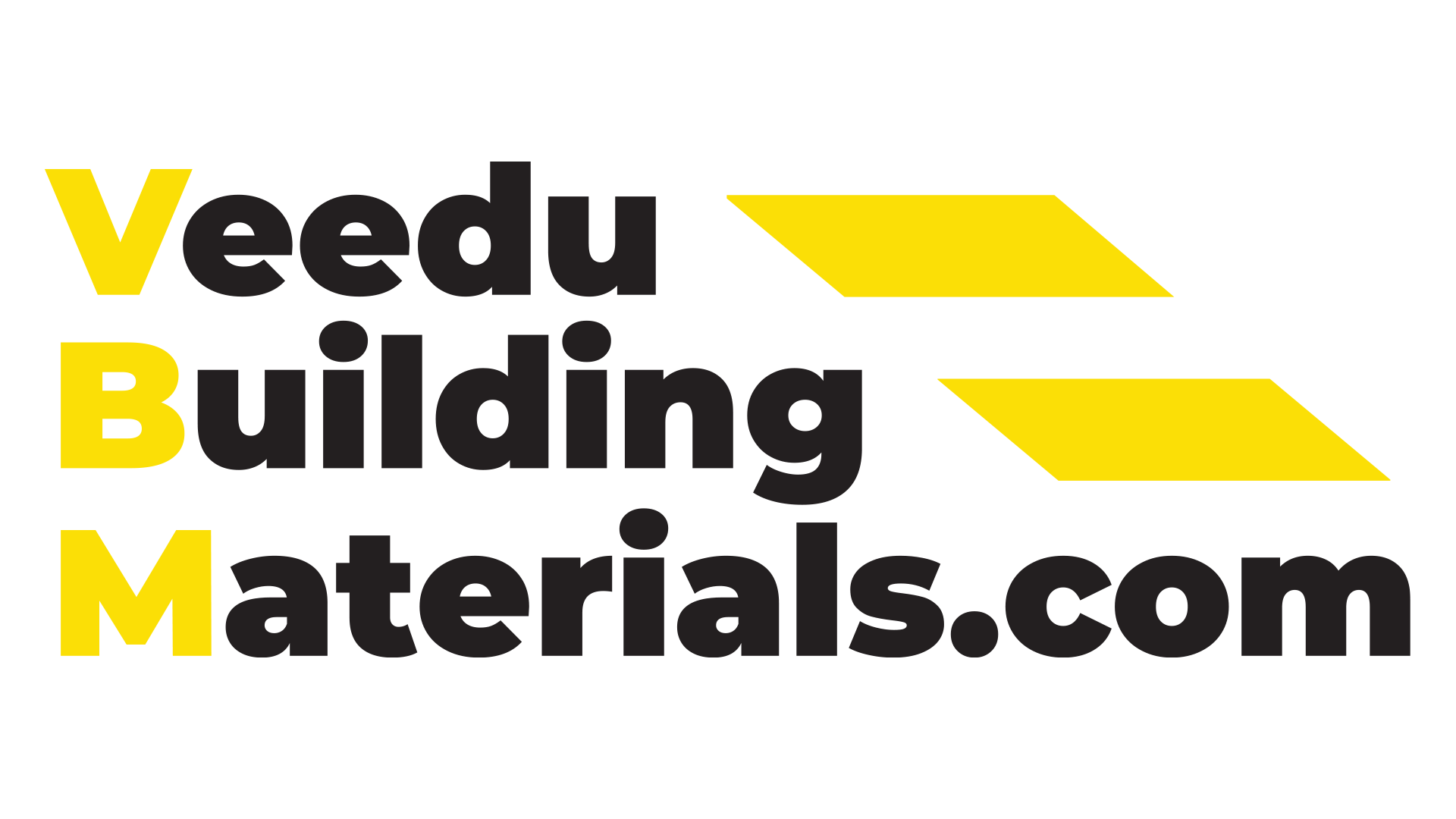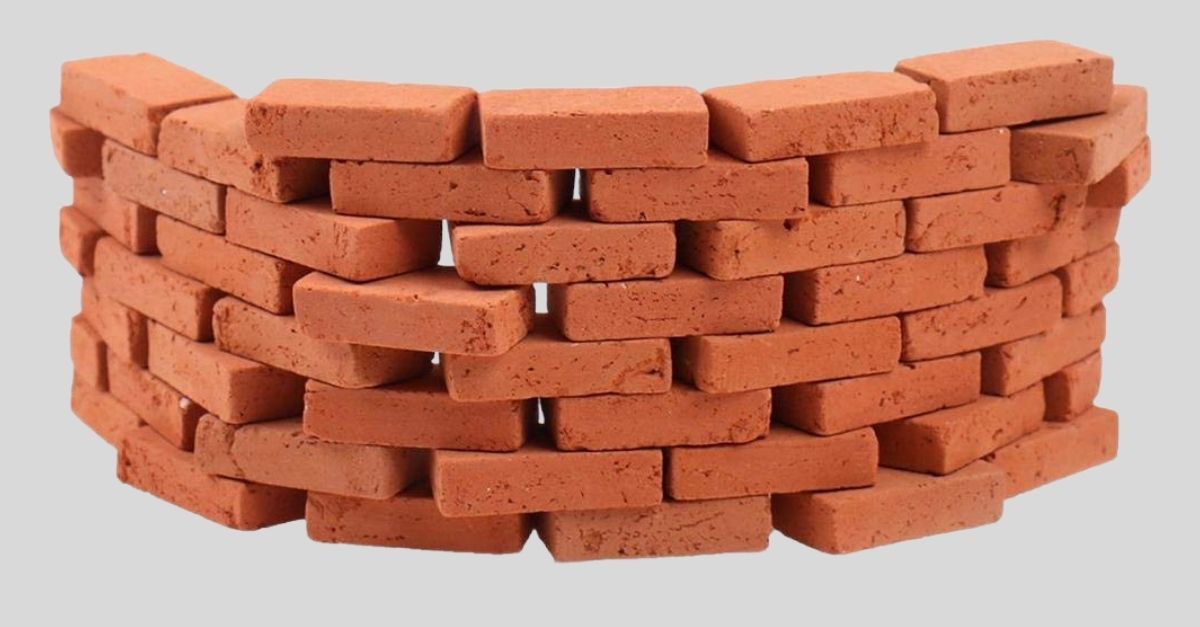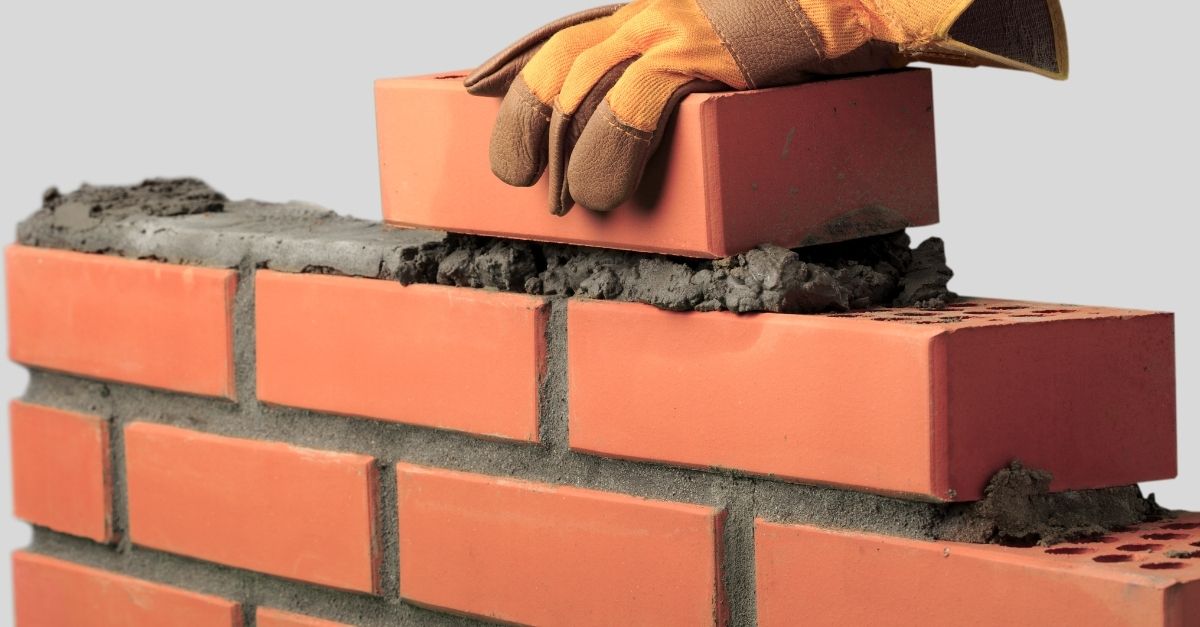Bricks are one the most common and the oldest building materials. We often come across some ancient bricked structures from brick walls to pillars to foundations and road surfaces. Bricks are not only about performance and durability but also aesthetics. Chamber burnt clay bricks, wire-cut bricks, fly-ash bricks, engineering bricks- all come with their characteristics, manufacturing processes, applications, and aesthetic appeal. This article is a short guide on Chamber Bricks and how they are different from other bricks in the Indian construction industry.
Types of Bricks Used in Indian Construction
Chamber Bricks
Chamber-burnt bricks are superior-quality bricks used in construction. They are fundamental to building many essential structures such as walls, columns, foundations, etc. There are two types of Chamber bricks- Table molded bricks and Country bricks.
Table-molded bricks
These are the best quality burnt clay bricks. They are table-molded before firing in the kiln. These bricks have a regular shape, sharp edges, and smooth surfaces. They are very sturdy and durable. Table-molded clay bricks are also suitable for construction in seismic areas. Their compressive strength ranges from 3.5 to 7.0 MPa.
Country burnt clay bricks
They have lower compressive strength and poorer quality as compared to table-molded bricks. These bricks are ground-molded before burning in a kiln. They have hair cracks, irregular shapes, and rough surfaces. They always need a coat of plaster to give them a smooth finish.
The Manufacturing Process of Chamber Bricks
Preparation of clay
The excavators have to remove around 200mm of topsoil for quality brick clay. Heaps of clay are then available at a depth of approximately 600 to 1200 mm. Impurities such as organic waste, pebbles, etc., are also filtered from the soil. In the case of non-clayey substances, the soil is further washed and screened. It is then exposed to the atmosphere for a few weeks. This process, called weathering, imparts strength and plasticity to the soil. The soil thus obtained is broken up, mixed with water, and kneaded. This tempering process is either done by hand or in pug mills.
Molding
Molds are rectangular boxes of wood or steel. These are open at the top and bottom. The bricks are made in rectangular metric sizes of 19cmx9cmx9cm. The actual size of bricks becomes 20cmx10cmx10cm after adding the mortar thickness. Bricks can be either hand-molded or machine-molded.
Hand-molded bricks can be either gound-molded or table-molded, as is the case with chamber-burnt clay bricks. Machine-moulding uses the plastic method or the dry method. The plastic process forms wire-cut bricks.
Drying
Bricks have to undergo natural drying or artificial drying for about two weeks. Drying brings down their moisture content to 5-7%. In the case of natural drying, bricks are laid on a structure slightly above the ground called hacks. It exposes them to air and sun for natural drying. For artificial drying, bricks are fed into special dryers.
Burning
Bricks are heated at 600-1000 degrees Celsius. It brings about physical and chemical changes in the bricks. The process imparts strength, density, and hardness to the bricks. There are three types of kilns for burning the bricks- open kilns, intermittent kilns, continuous kilns. The bricks are burnt to high temperatures in chambers and then cooled.
Wire-cut Bricks
These are factory-manufactured bricks. They come with much superior finishing and quality as compared to table-molded bricks. These bricks have sharp edges and smooth borders. The production of these bricks requires 2-5 people to assist with the brick-making machinery. Large clay molds are burnt into the chamber rooms. The tie is then pulled out, and hardened mold is transferred to the cutting table. A wire tool cuts the bricks into the required sizes. Finally, the bricks are transferred to drying racks.
Difference Between Table-Molded Chamber Bricks and Wire-Cut Bricks
No doubt, the wire-cut bricks are superior, more robust, smoother in finishing when compared to table molded bricks. They absorb less water and have higher compressive strength because of the mechanized manufacturing process.
But still, the Indian construction industry shows a high preference for table-molded bricks. The reasons being – First, they cost almost half the wire-cut bricks. Second, you can overcome the defects in smoothness and finish with plastering.
Fly Ash Bricks
Fly ash is a waste product produced in the thermal stations by coal burning. Class C or class F fly ash, when mixed with clay, can improve the durability and compressive strength of the brick. These fly ash bricks are used explicitly in masonry units. They are fired at around 1,000 degrees Celsius, which gives them high fire insulation. These bricks allow less water penetration. Structural walls, pillars, and foundations are typical applications of fly ash bricks.
Concrete Bricks
These bricks are manufactured using cement, sand, coarse aggregates, and water. They come in different shapes and sizes. They reduce the need for mortar in construction. These bricks help overcome the shortages of clay bricks in construction as they can be readily manufactured at the construction site in case of need. Because of their high aesthetic appeal, they are commonly used in facades, fences, and hidden/internal brickworks.
Engineering Bricks
Engineering bricks are manufactured for particular purposes. These have very high compressive strength but low water absorption. Hence, they are used in areas prone to acid/frost attacks or water. Engineering bricks are commonly used in ground-works, basements, manholes, retaining walls, sewers, and damp-proof courses.
Calcium Silicate Bricks
Also known as sand-lime bricks, these are made using sand, lime, and fly-ash. Artistic/ornamental works in the buildings are their most common application in the construction industry. These bricks are chemically set using heat and pressure to trigger chemical reactions. They have a smooth finish, high fire resistance, and acoustic insulation.
Conclusion
Bricks are one of the most primitive and highly demanded raw materials in the construction industry. Different types of bricks have different shapes, sizes, properties, and applications. But the increasing demand for quality bricks is forcing the industry to explore alternatives. The most used bricks in the Indian construction industry are Chamber Bricks. The brick manufacturing process is under the radar of environmentalists. Fluorine, a by-product of the brick-making process, is harmful to humans and the environment. Nonetheless, bricks continue to be the sought-after material for almost every kind of building project. Click here to know more products related to construction.



Leave a Reply